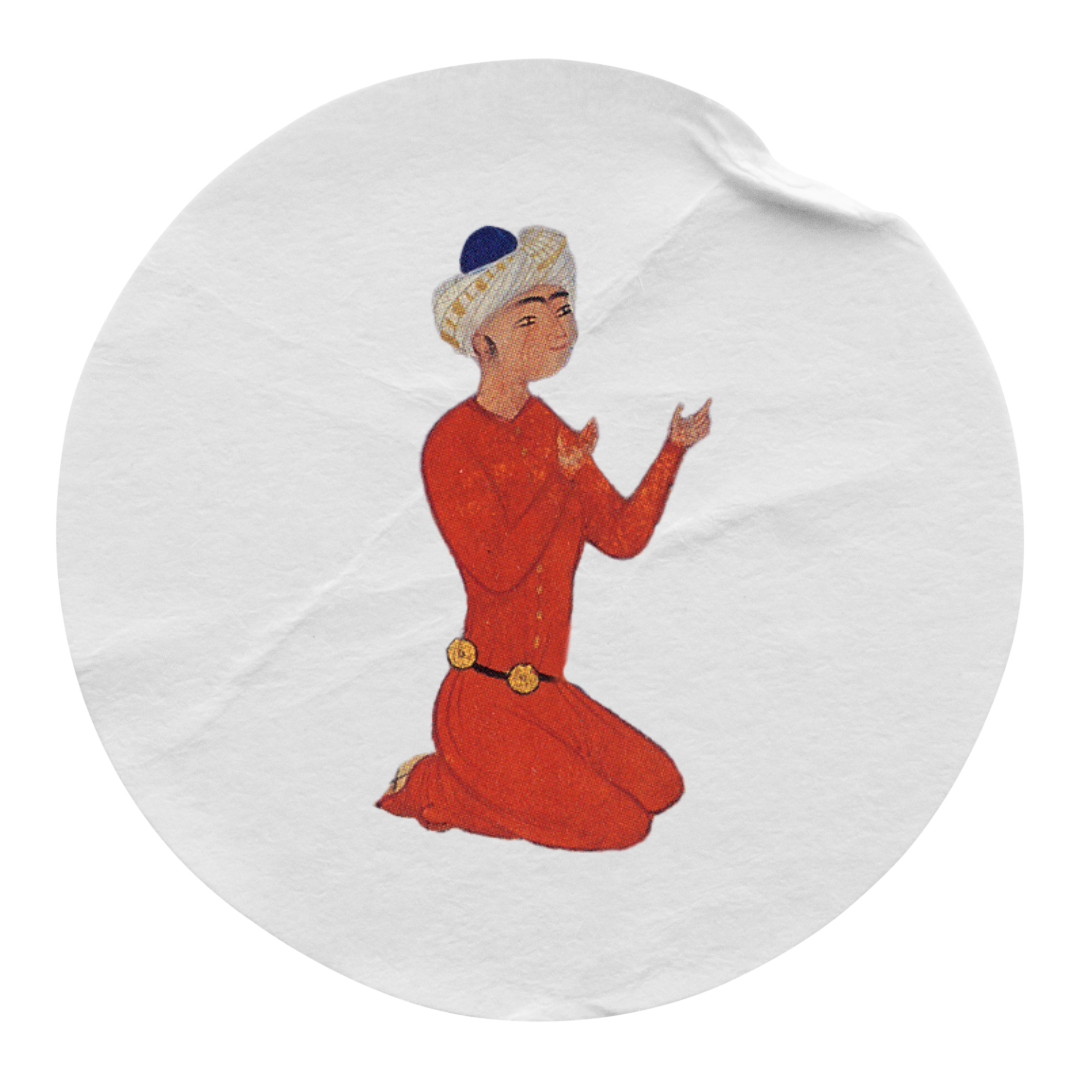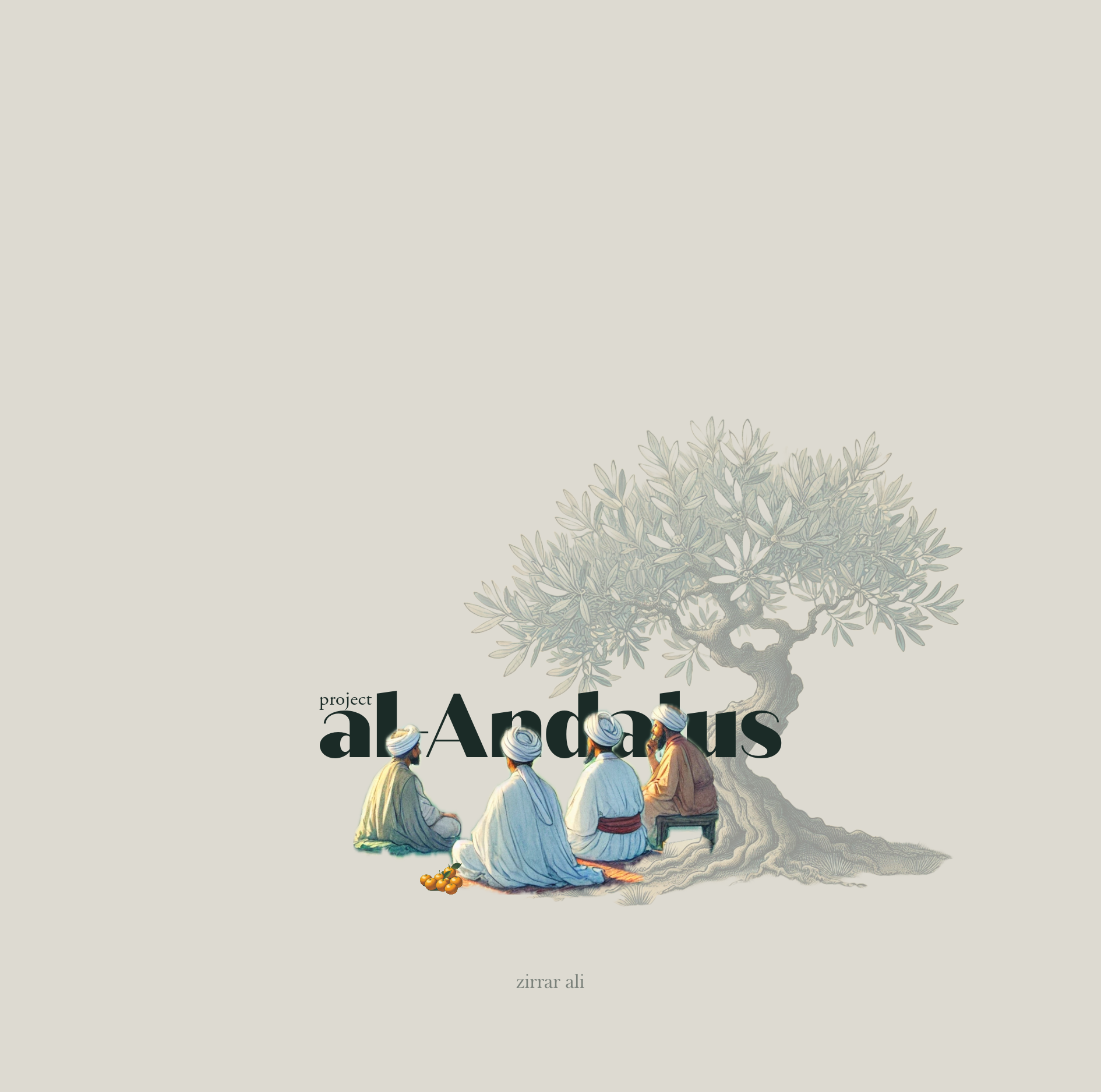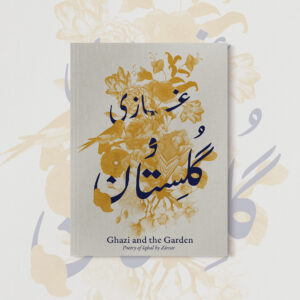Description
Please note the book is not currently available for sale. It is currently in the writing stage and is expected to be realised March 2026. Please visit the support page to help move this project along.
How much do we know about al-Andalus?
The nearly eight centuries of Muslim rule in the Iberian Peninsula, modern-day Spain and Portugal, remain buried in legends. Its history has been rewritten, reframed, and often diminished in the West, treated as a footnote to Europe’s Renaissance rather than as a civilisation that stood on its own.
The libraries of Cordoba, the observatories of Toledo, the madrasas and music halls of Seville – these were not just precursors to European civilisation, but civilisation itself, flourishing in its own right. For centuries, al-Andalus was the brightest spot in all of Europe, illuminated by man’s yearning to seek knowledge and the pleasure of God, according to the belief in the One God – the God as understood in the true Abrahamic tradition.
The arrival of Islam to Europe set off a period of excellence and beauty that permanently shaped the continent as we know it today. European architecture, language and cuisine, its culture and traditions, carry with them the legacy of al-Andalus – a place and time that was not an exception or miracle, but a continuation of sublime glory that existed across the Islamic world. In fact, al-Andalus was built to imitate Umayyad Syria, and its capital of Cordoba was fashioned to be another Damascus.
In the nearly eight centuries that Islam was present in Iberia, it produced some of the best scholars, poets, mystics and scientists in the world. From Ibn Arabi, Ibn Khaldun, Ibn Hazm to Ibn Rushd and Ibn Nafiʿ (Ziryab), a trail of thinkers and creatives that have modelled how we understand the modern world. Their works have been sidelined to Arab and Middle Eastern history, ignoring the reality that these giants were products of a Western Islamic civilisation.
Today, al-Andalus (or Andalusia) is reduced to a small region in the south of Spain, and its history has become either an overly romanticised ‘golden’ period in the minds of Muslims, or entirely corrupted and revised by some Western writers who reject the unique period of tolerance and glory in Europe made possible by Islam.
Where Western writers aim to be fair to the al-Andalus period, they fall short in other ways. Primary Arab works that cover the al-Andalus period are either not accessible to researchers, or they are viewed with suspicion. Other writers, usually Western academics, fall victim to dense explanations of history, missing entirely the interconnected spirit and wide-ranging impact al-Andalus had on not just Eastern, but Western civilisation.
So why write another book on al-Andalus?
The story of al-Andalus deserves to be retold in the English language – a story absent of political or ideological bias that has infected European thought, making it difficult, if not impossible, to be fair to a period so integral to its own history.
Academic rigour alone is not enough. The story must create a trail of humanity that connects, rightly so, al-Andalus with the rest of the European and Islamic world. Who were the people that migrated and settled early on in al-Andalus, and what happened to their descendants eight centuries later (1492), when Christian fundamentalism forced their expulsion?
The violent Spanish Inquisition did more than end al-Andalus, it attempted to rip out its essence, which promoted diversity, tolerance and human betterment.
The story of people who called themselves Andalusians is vastly complex, and their journey did not end after the fall of Granada in 1492. Many stayed behind and hid their religion (their stories are becoming more known), others converted out of fear, but centuries later their descendants are now returning to Islam. Small but growing pockets of new indigenous Spanish Muslim communities are emerging in and around historic al-Andalus.
Alongside history, this book will tell the stories of the descendants of those who left – the ghosts of al-Andalus. Andalusians who carried with them the rich spirit of their ancestral land. Stories told through architecture and communities across North Africa, in the cities of Fes, Rabat, Tetouan, Tunis, Tlemcen, Oran, Algiers, to Cairo and Istanbul, witnessed and experienced first-hand.
This book will stand on its own, not seeking validation from European historians, nor will it frame al-Andalus as a golden age that simply ‘faded’, resigned to melancholic Arabic poetry. Instead, it will tell its story as it was remembered by those who built it, lived it, and mourned its loss before starting a new chapter of al-Andalus in other lands.
The 13th-century scholar Ibn Saʿid al-Maghribi once wrote:
“She [al-Andalus] is the bride whose dowry was paid in intellect and beauty, and the world has never seen her equal.”





